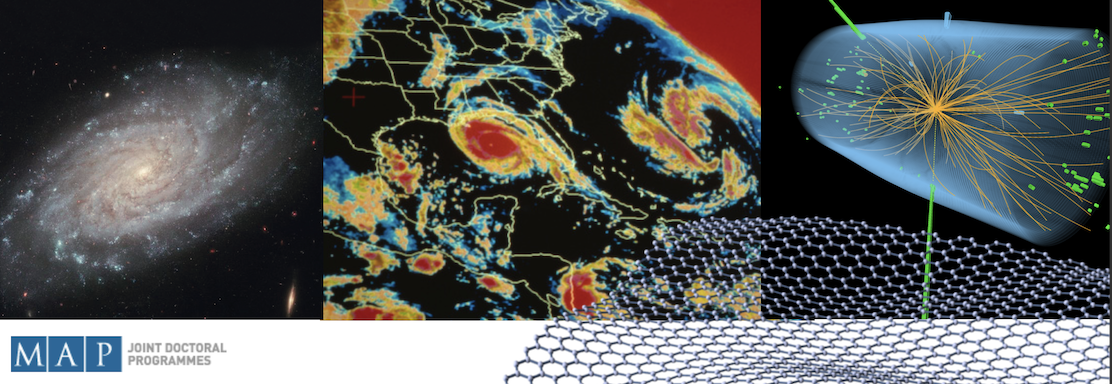Speaker
Description
Several studies have now shown that the polymorphism of water also extends to ambient conditions, the stability and size of the liquid tetrahedrally domains (LDL) decrease upon heating, with significant implications for biological function and nanotechnology [1,2].
In our new work, we demonstrate that the onset temperature of LDL domain fluctuations in ambient liquid water at the surface of nanoparticles is highly sensitive to its surface charge density, providing a unifying framework to understand hydration water behavior in complex systems.
By combining temperature-dependent Brownian dynamics and zeta potential measurements on lanthanide-doped upconversion nanoparticles (UCNPs) with varied surface functionalizations, we establish a master curve relating crossover temperature to effective surface charge.
Our results reveal that increasing surface charge elevates the LDL onset temperature, converging toward the bulk water value (~330K). This trend highlights how interfacial electrostatics modulate water structuring, offering predictive control of hydration water dynamics.
Together with recent reports of other water-suspended materials, such as QDs, plasmonic NPs, Ag2S NPs, organic molecules, and aqueous complexes. These findings will lead us to a fundamental understanding of the role played by water in the thermal stability of biomolecules and dielectric behavior in confined systems. Opening pathways for nanofluid engineering in biomedicine and energy systems.
[1] F. Maturi, R. S. Raposo Filho, C. D. S. Brites, J. Fan, R. He, B. Zhuang, X. Liu, L. D. Carlos, J. Phys. Chem. Lett. 2024, 15, 2606–2615.
[2] R. S. Raposo Filho, C. D. S. Brites, J. Fan, R. He, B. Zhuang, X. Liu, L. D. Carlos, Physics of Fluids, 2025, 37.2.
| Which topic best fits your talk? | Optics and Photonics |
|---|

